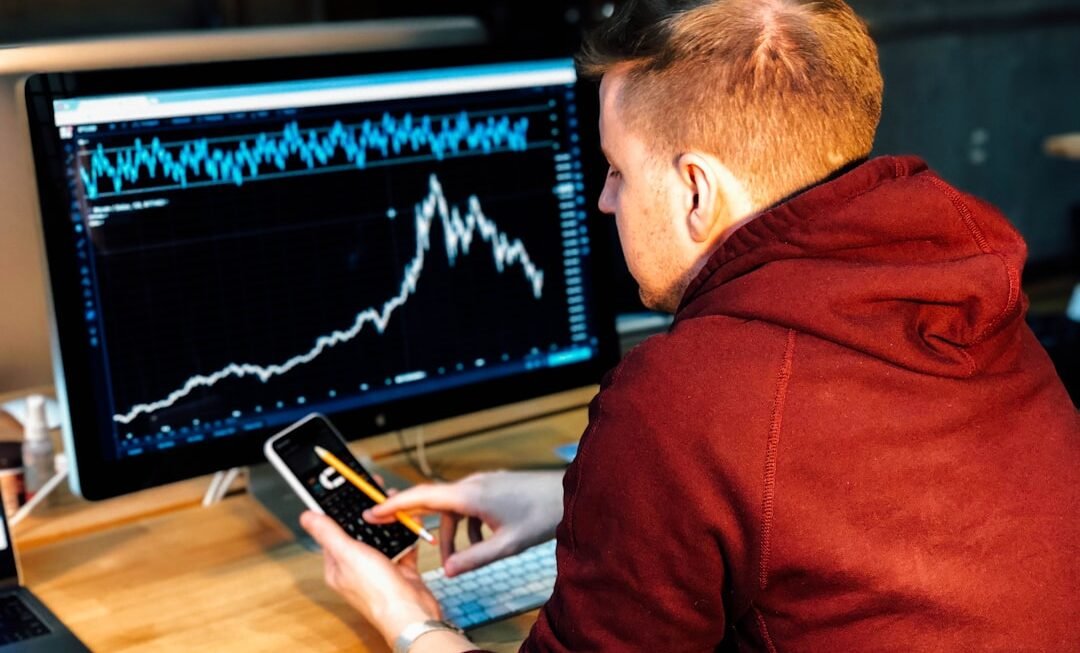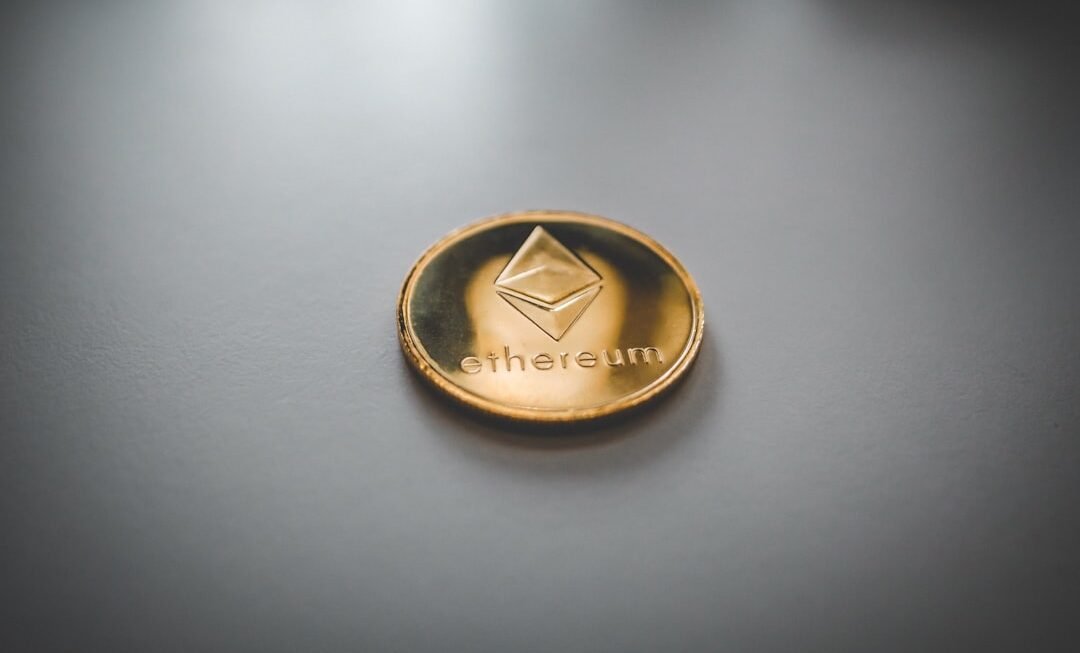In the ever-evolving landscape of digital finance, the emergence of cryptocurrencies has revolutionised the way we perceive and engage with money. Among the myriad of digital currencies that have surfaced, two distinct categories have captured the attention of investors and enthusiasts alike: traditional cryptocurrencies and memecoins. Traditional cryptocurrencies, such as Bitcoin and Ethereum, were conceived with a clear purpose: to provide decentralised alternatives to fiat currencies, enabling peer-to-peer transactions without the need for intermediaries.
These digital assets are underpinned by robust blockchain technology, which ensures transparency, security, and immutability. Their value is often derived from their utility, scarcity, and the trust placed in their underlying technology. In stark contrast, memecoins have emerged as a more whimsical and often speculative subset of the cryptocurrency market.
Initially birthed from internet culture and memes, these coins—such as Dogecoin and Shiba Inu—have gained traction primarily due to their viral nature and community-driven narratives. While they may lack the foundational technology and serious intent of traditional cryptocurrencies, memecoins have captured the imagination of a younger demographic, often driven by social media trends and celebrity endorsements. This divergence in purpose and function raises critical questions about the viability of memecoins as investment vehicles compared to their more established counterparts.
As we delve deeper into this fascinating dichotomy, it becomes essential to understand the nuances that differentiate these two categories of digital assets.
Understanding the Difference in Purpose and Function
Purpose and Functionality
The fundamental difference between traditional cryptocurrencies and memecoins lies in their intended purpose and functionality within the broader financial ecosystem. Traditional cryptocurrencies were designed to address specific issues within the existing financial framework. For instance, Bitcoin was created as a response to the 2008 financial crisis, aiming to provide a decentralised currency that could operate independently of central banks and government control.
Utility and Scarcity
Its primary function is to serve as a store of value and a medium of exchange, with a finite supply that enhances its scarcity and potential for appreciation over time. Similarly, Ethereum introduced smart contracts, enabling developers to build decentralised applications (dApps) on its blockchain, thus expanding the utility of cryptocurrencies beyond mere transactions.
Volatility and Investment Considerations
Conversely, memecoins often lack a clear utility or purpose beyond their entertainment value and community engagement. They are typically launched with little more than a catchy name or a humorous meme, appealing to a demographic that thrives on internet culture. The value of memecoins is often driven by social sentiment rather than intrinsic utility or technological innovation. This can lead to extreme volatility, as prices can skyrocket based on viral trends or celebrity endorsements, only to plummet just as quickly when interest wanes. While some memecoins have attempted to carve out niches—such as charitable initiatives or community projects—their overall functionality remains limited compared to traditional cryptocurrencies. This disparity in purpose raises important considerations for potential investors seeking to navigate the complexities of the crypto market.
Evaluating the Investment Potential of Memecoins
When assessing the investment potential of memecoins, one must approach with both enthusiasm and caution. The allure of rapid gains has drawn many investors into the memecoin arena, where stories of individuals turning modest investments into substantial profits circulate widely. The speculative nature of these assets can create an environment ripe for short-term trading opportunities, particularly for those who are adept at reading market trends and social media sentiment.
However, this volatility also poses significant risks; prices can fluctuate dramatically based on factors that are often unpredictable and unrelated to any fundamental value. As such, while there is potential for high returns, investors must be prepared for the possibility of substantial losses. Moreover, the community aspect of memecoins cannot be overlooked when evaluating their investment potential.
Many successful memecoins have cultivated passionate communities that actively promote their projects through social media platforms like Twitter and Reddit. This grassroots support can drive demand and create a sense of belonging among investors, further fuelling price surges. However, this reliance on community sentiment also means that memecoins can be susceptible to sudden shifts in public opinion or trends.
Investors should consider not only the current popularity of a memecoin but also its long-term viability and whether it can sustain interest beyond fleeting internet trends. Ultimately, while memecoins may offer tantalising opportunities for profit, they require a discerning approach that balances enthusiasm with an awareness of inherent risks.
Analyzing the Investment Potential of Traditional Cryptocurrencies
In contrast to memecoins, traditional cryptocurrencies present a more structured investment landscape characterised by established use cases and technological foundations. The investment potential of these digital assets is often evaluated through various lenses, including market capitalisation, adoption rates, and technological advancements. Bitcoin, for instance, has solidified its position as a digital gold due to its limited supply and increasing institutional adoption.
As more companies and financial institutions integrate Bitcoin into their operations or balance sheets, its perceived value continues to grow, making it an attractive option for long-term investors seeking stability amidst market fluctuations. Ethereum’s investment potential is equally compelling, particularly with its ongoing transition to Ethereum 2.0, which aims to enhance scalability and energy efficiency through a proof-of-stake consensus mechanism. This upgrade not only addresses environmental concerns but also positions Ethereum as a leading platform for decentralised finance (DeFi) applications and non-fungible tokens (NFTs).
The growing ecosystem surrounding Ethereum further bolsters its investment appeal, as developers continue to innovate and create new use cases that drive demand for the underlying cryptocurrency. While traditional cryptocurrencies are not without their risks—such as regulatory scrutiny and market volatility—their established frameworks and technological advancements provide a more robust foundation for investors seeking long-term growth.
Risks and Considerations for Memecoin Investments
Investing in memecoins is fraught with risks that potential investors must carefully consider before diving into this speculative market. One of the most significant dangers is the lack of regulation surrounding these digital assets. Unlike traditional cryptocurrencies that have garnered some level of regulatory oversight, memecoins often operate in a grey area where investor protections are minimal.
This absence of regulation can lead to fraudulent schemes or “rug pulls,” where developers abandon projects after attracting significant investment, leaving investors with worthless tokens. Consequently, due diligence is paramount; investors should thoroughly research any memecoin before committing funds, scrutinising its development team, community engagement, and overall project legitimacy. Another critical risk associated with memecoin investments is their inherent volatility.
Prices can soar based on social media hype or celebrity endorsements but can just as easily plummet when interest wanes or negative sentiment takes hold. This extreme price fluctuation can create an emotional rollercoaster for investors who may find themselves caught up in the excitement only to face sudden losses when reality sets in. Furthermore, many memecoins lack liquidity compared to traditional cryptocurrencies; this can make it challenging to sell holdings without significantly impacting the market price.
Therefore, investors must approach memecoin investments with a clear strategy in mind—whether it be short-term trading or long-term holding—and be prepared for the unpredictable nature of this unique asset class.
Risks and Considerations for Traditional Cryptocurrency Investments
Regulatory Uncertainty and Its Impact
Whilst traditional cryptocurrencies offer more stability compared to their memecoin counterparts, they are not without their own set of risks and considerations that investors must navigate. One prominent concern is regulatory uncertainty; as governments around the world grapple with how to classify and regulate cryptocurrencies, investors face potential risks related to sudden policy changes or increased scrutiny from regulatory bodies. For instance, countries may impose restrictions on cryptocurrency trading or taxation policies that could impact market dynamics significantly.
Market Volatility and Its Effects
Investors must stay informed about regulatory developments in their jurisdictions and consider how these changes could affect their investments. Additionally, traditional cryptocurrencies are subject to market volatility driven by various factors such as macroeconomic trends, technological advancements, and shifts in investor sentiment. Even established assets like Bitcoin can experience significant price swings within short timeframes due to market speculation or external events such as security breaches or technological failures.
Competition and the Need for Adaptability
Moreover, competition among cryptocurrencies continues to intensify; new projects emerge regularly with innovative features that could potentially disrupt existing players in the market. As such, investors should remain vigilant about market trends and be prepared to adapt their strategies accordingly while maintaining a diversified portfolio to mitigate risks associated with individual assets.
Mitigating Risks and Staying Ahead
Ultimately, investors must remain proactive in managing their cryptocurrency investments, staying informed about regulatory developments and market trends, and adapting their strategies to mitigate potential risks.
Making Informed Decisions in the Crypto Market
In conclusion, navigating the complex world of cryptocurrencies requires a nuanced understanding of both traditional cryptocurrencies and memecoins. Each category presents unique opportunities and challenges that demand careful consideration from potential investors. Traditional cryptocurrencies offer a more stable investment landscape backed by established technology and use cases; however, they are not immune to regulatory uncertainties and market volatility.
On the other hand, while memecoins may entice with promises of rapid gains driven by community engagement and viral trends, they come with significant risks related to speculation and lack of regulation. Ultimately, making informed decisions in the crypto market hinges on thorough research and an awareness of one’s risk tolerance. Investors should approach both traditional cryptocurrencies and memecoins with a balanced perspective—recognising the potential for profit while remaining cognisant of inherent risks.
By cultivating a well-rounded understanding of these digital assets and staying abreast of market developments, individuals can better position themselves for success in this dynamic financial landscape. As the cryptocurrency market continues to evolve, those who remain informed will be best equipped to navigate its complexities and seize opportunities as they arise.












